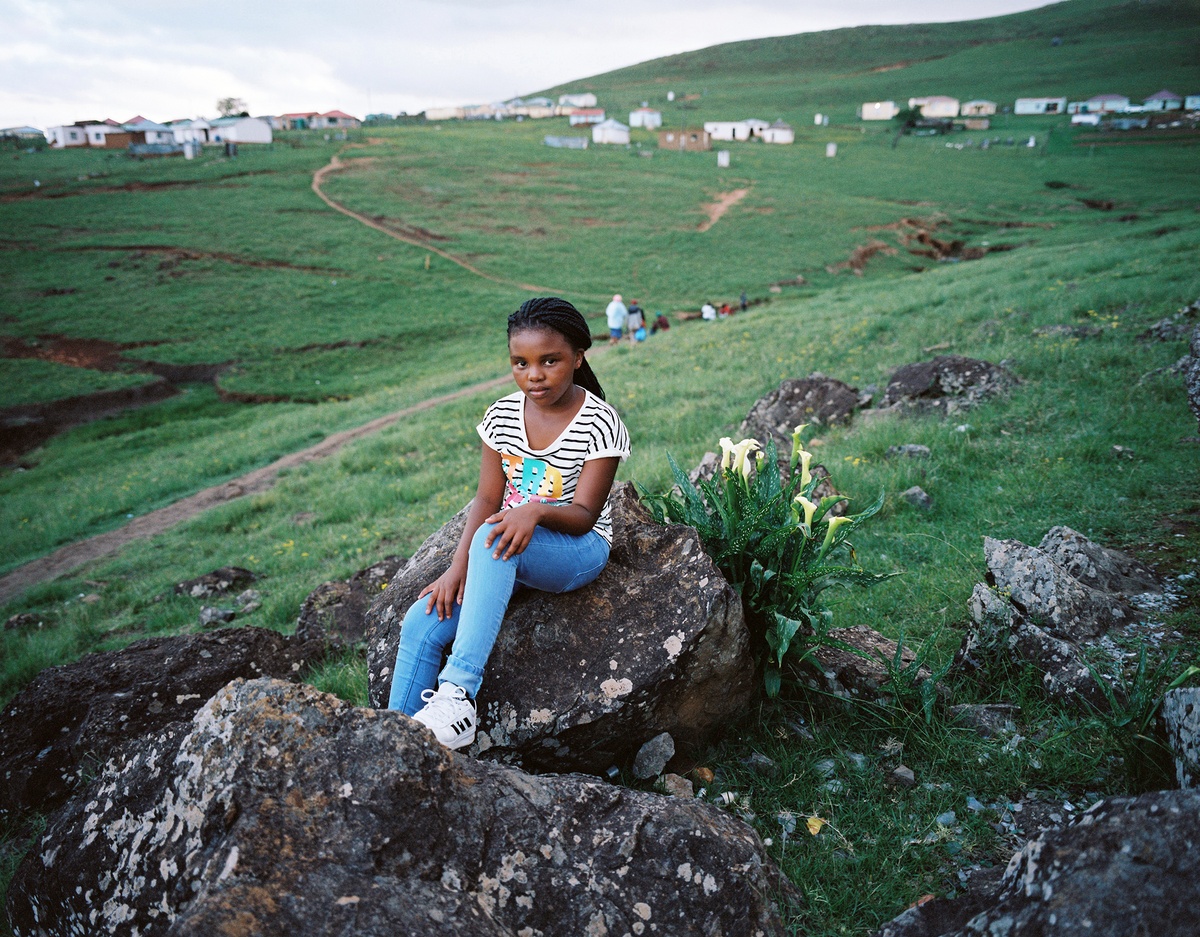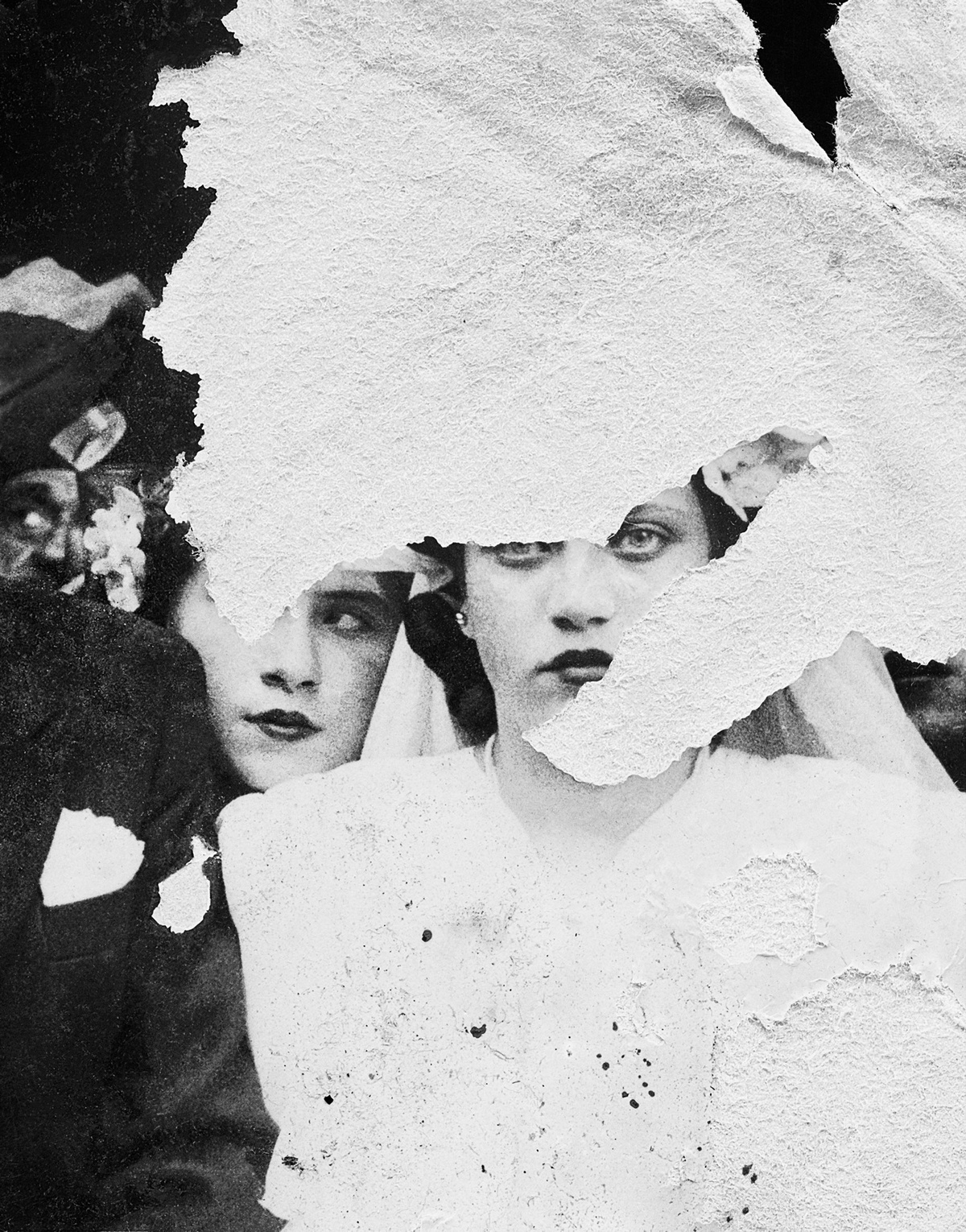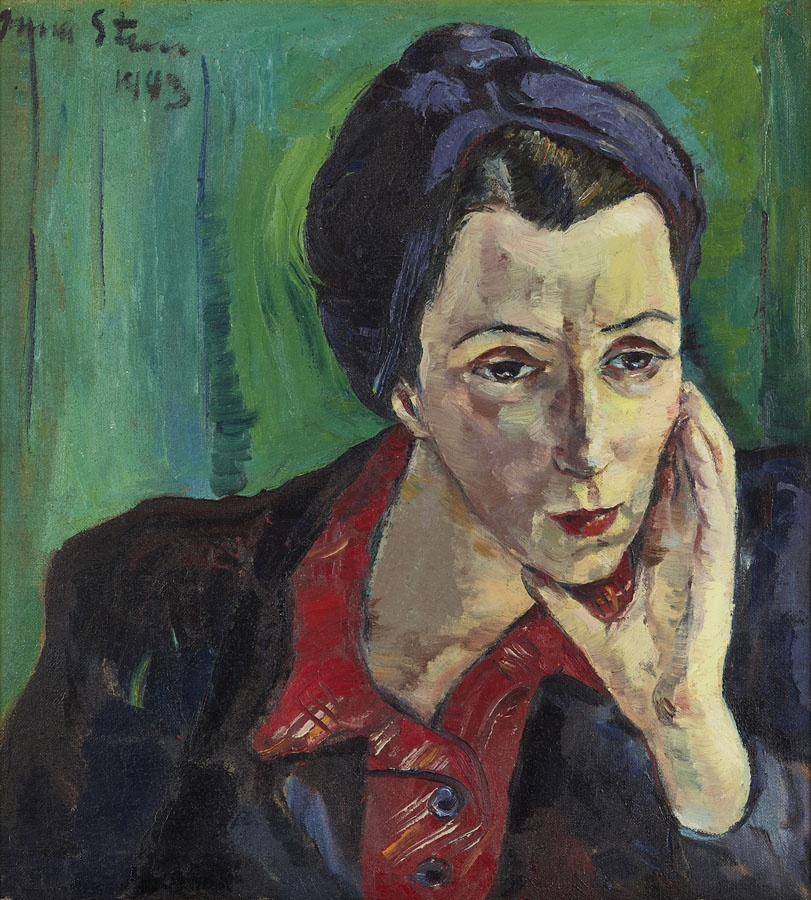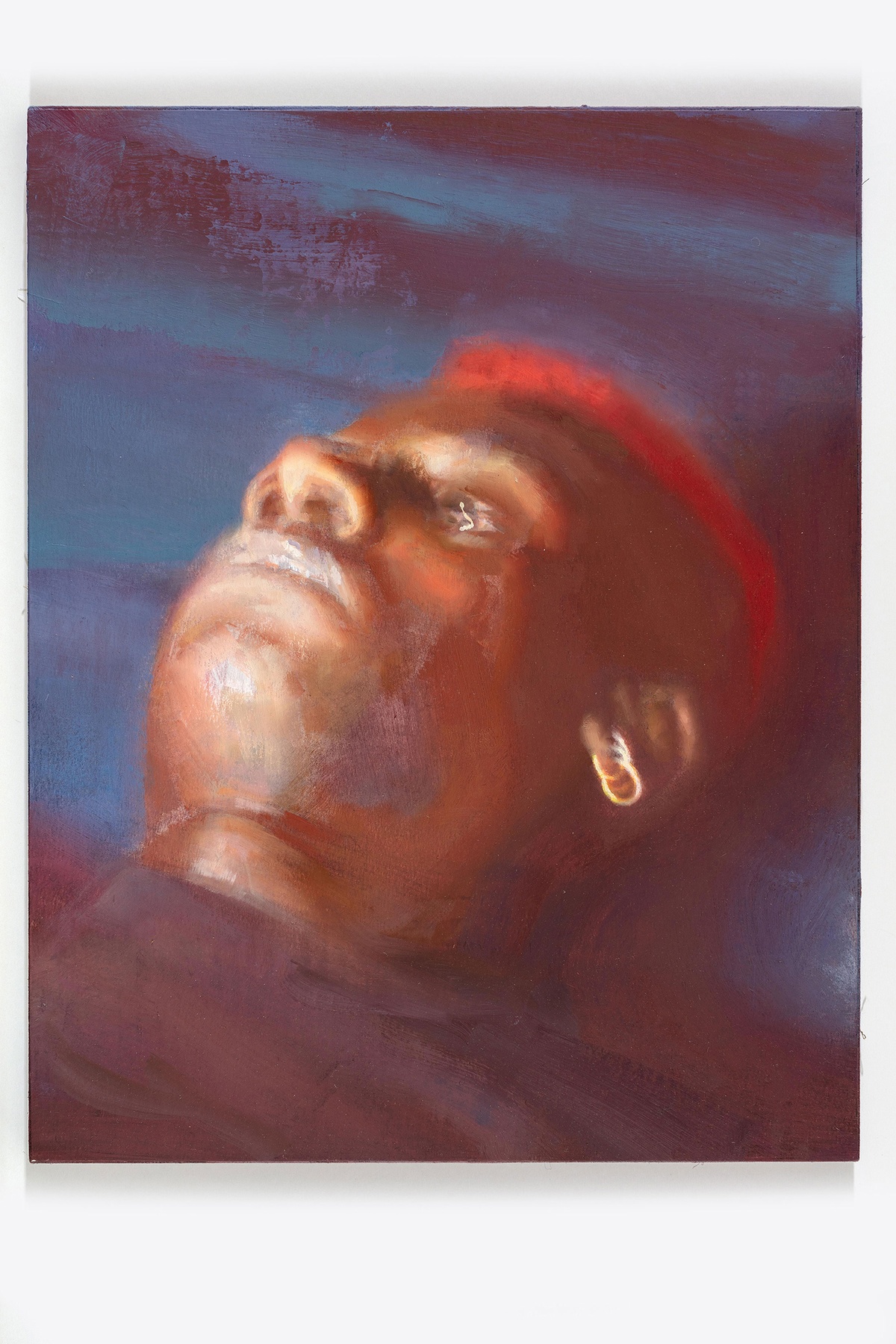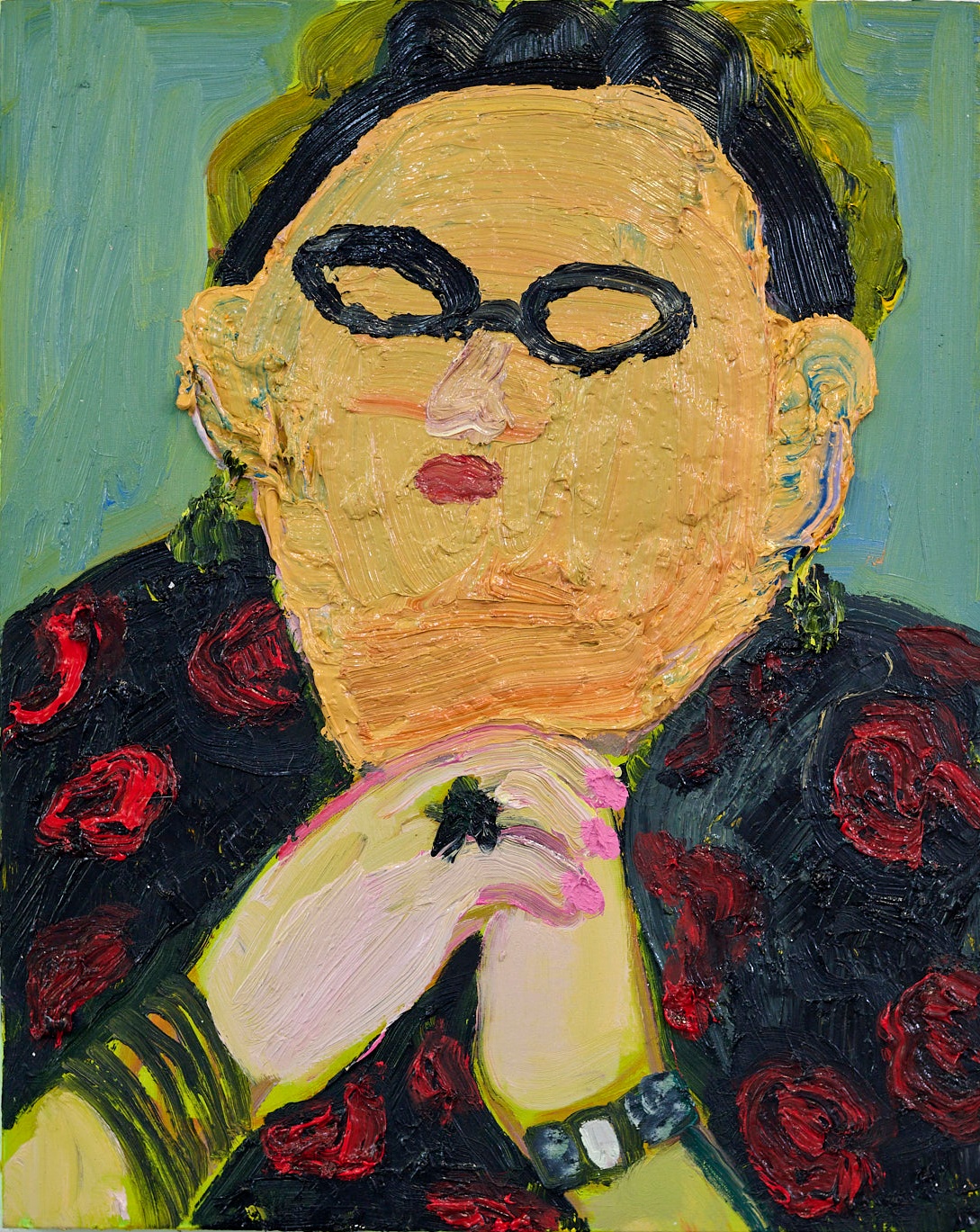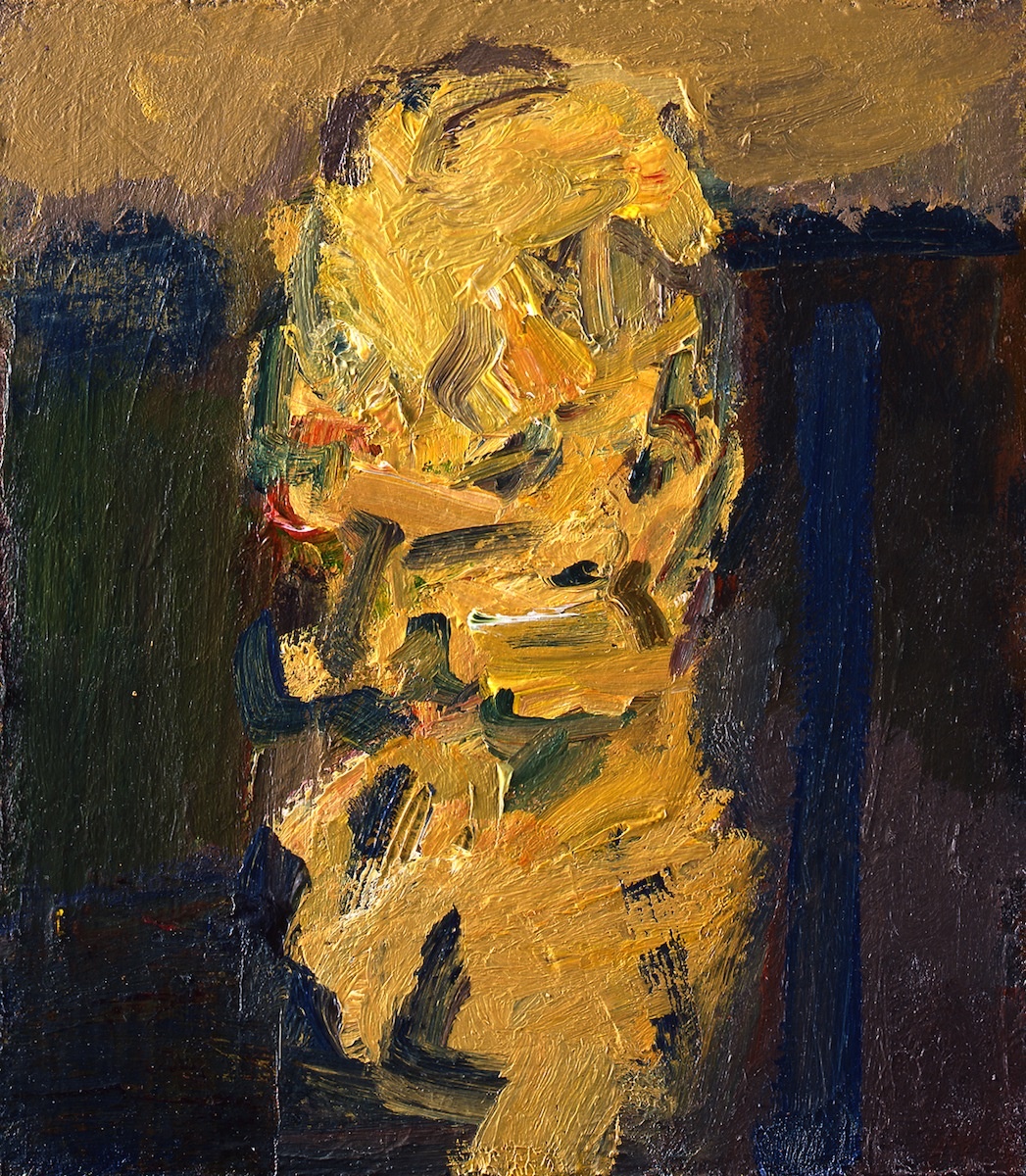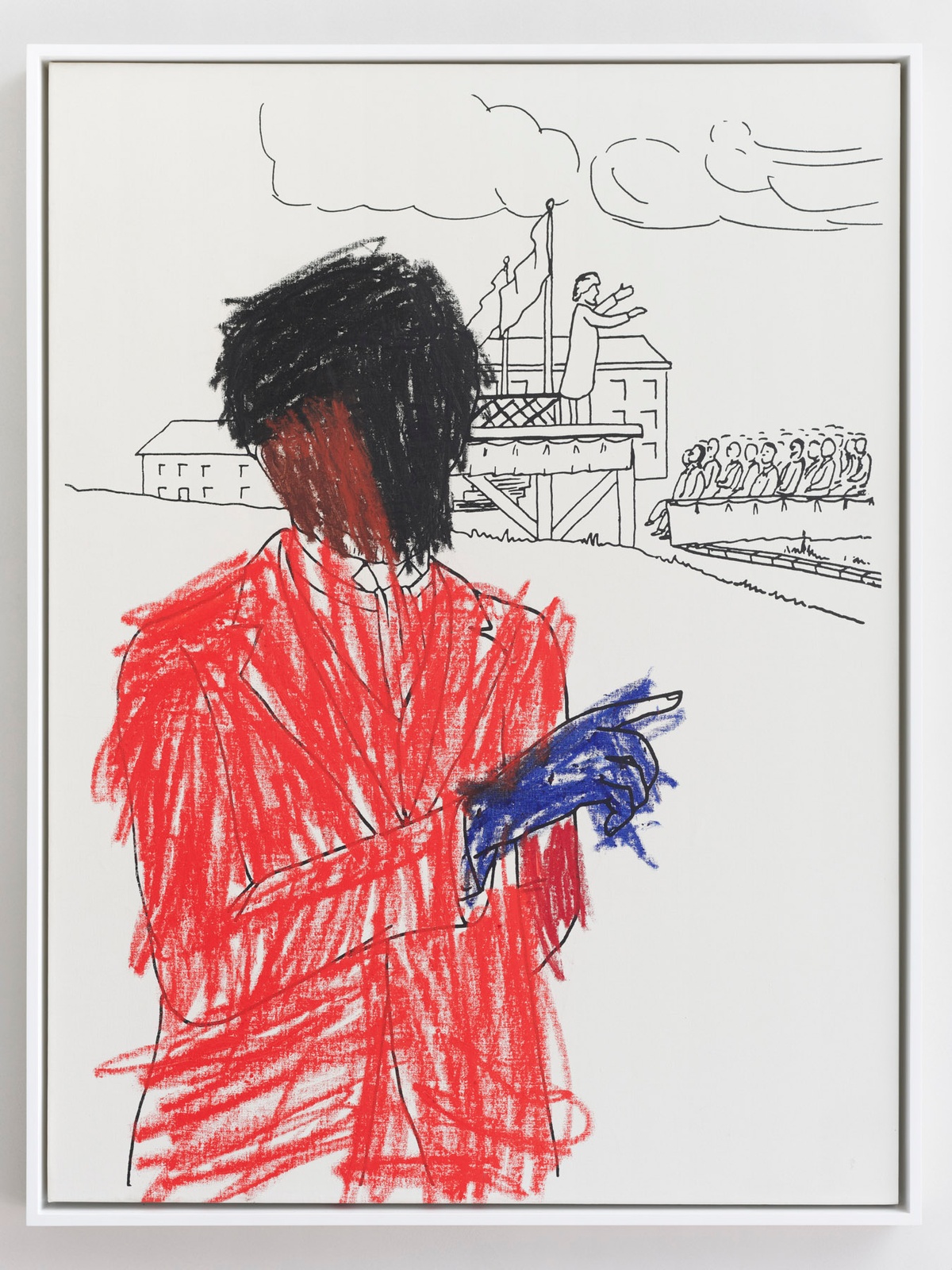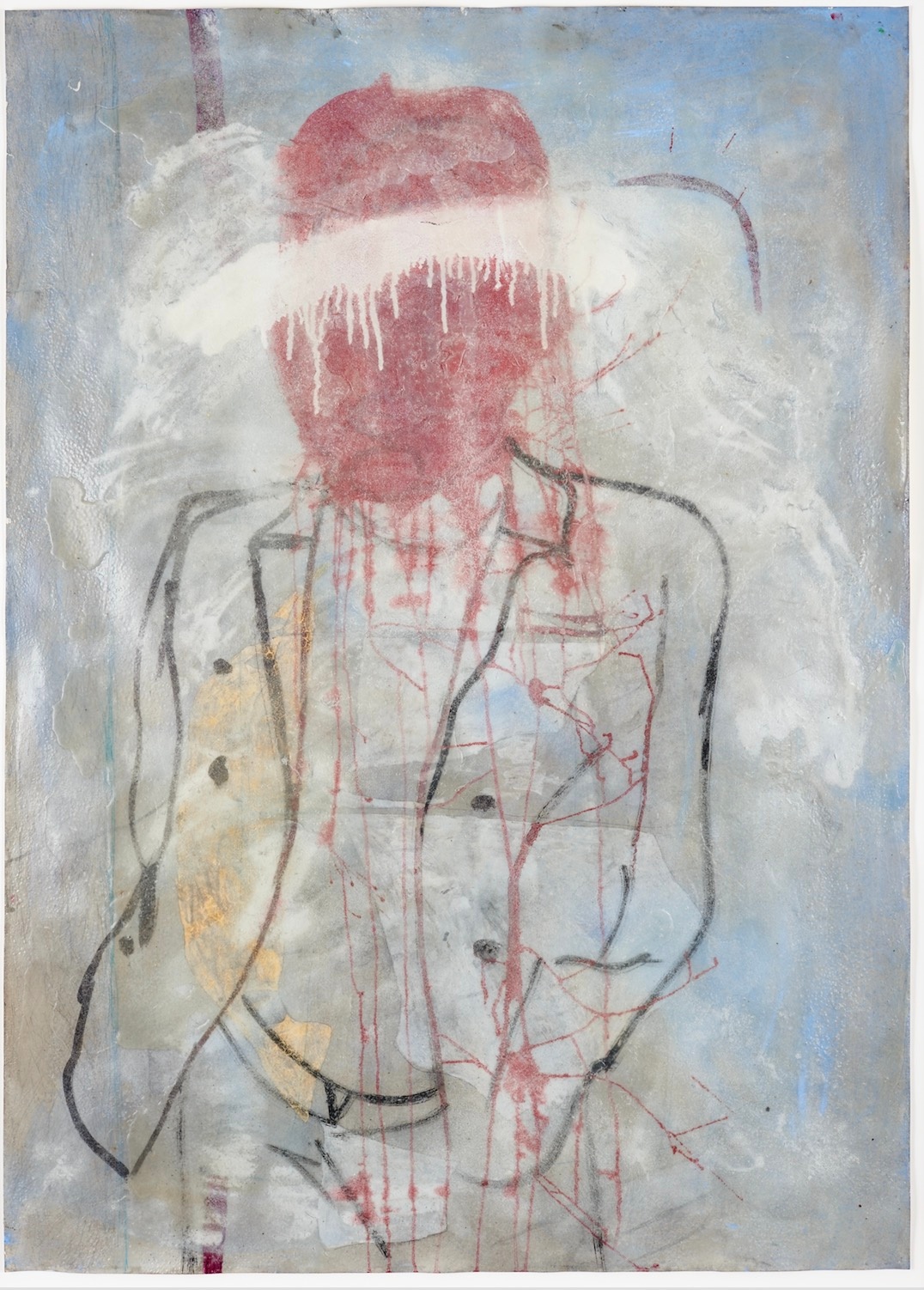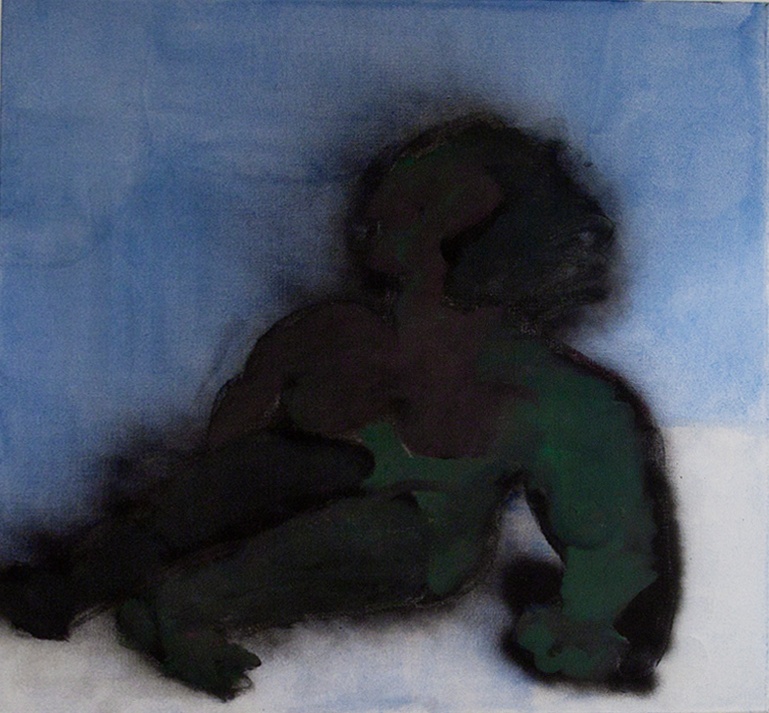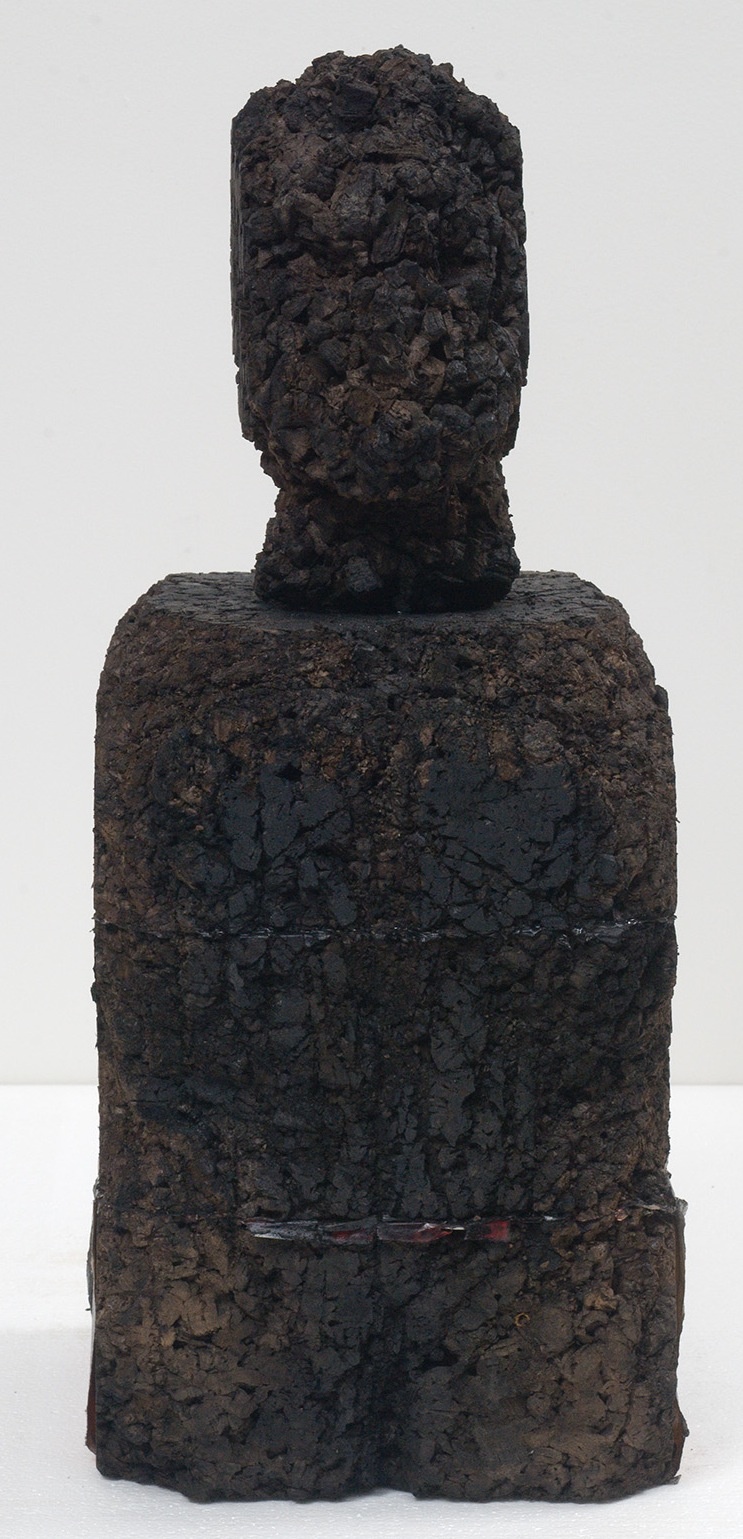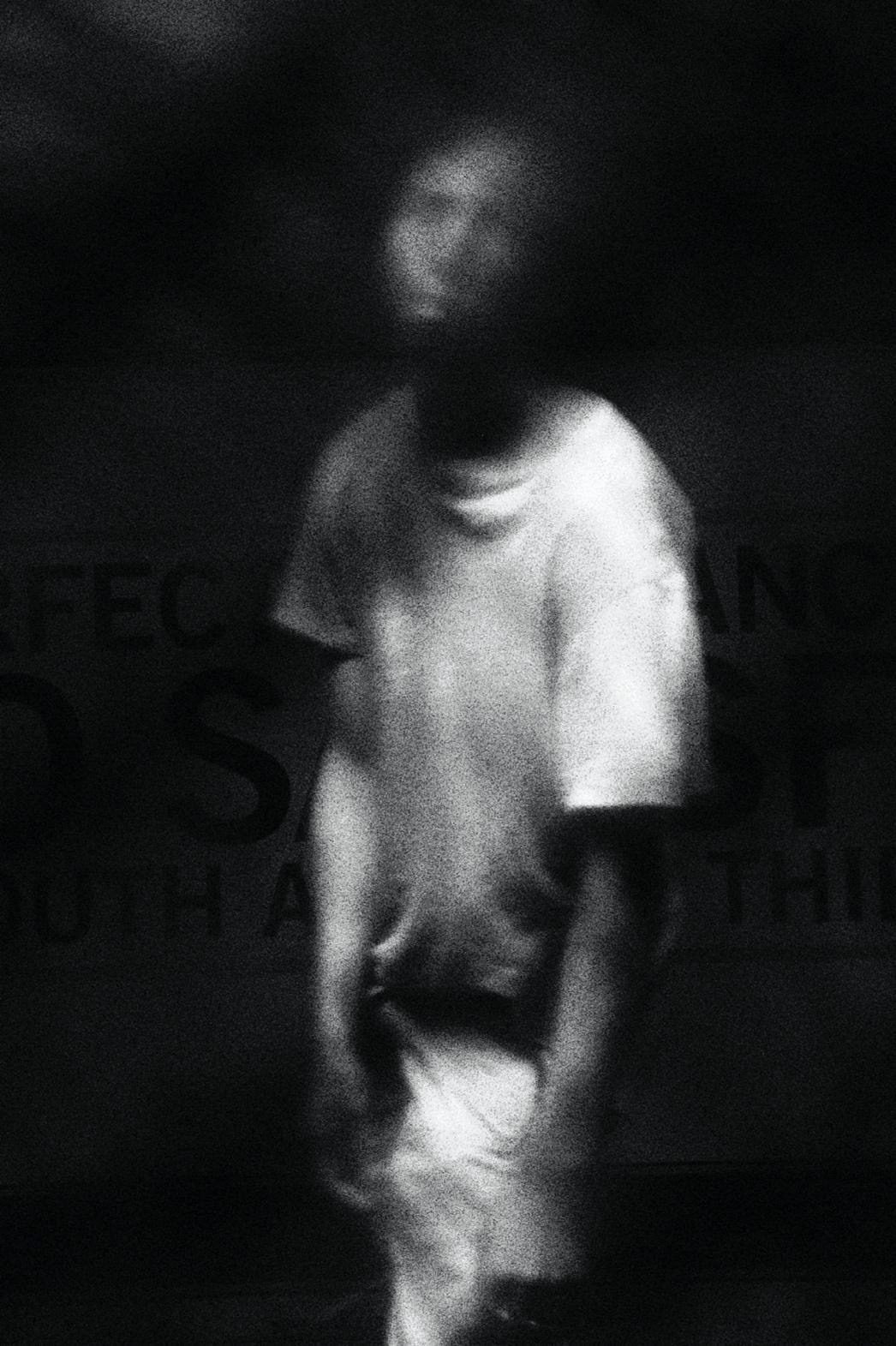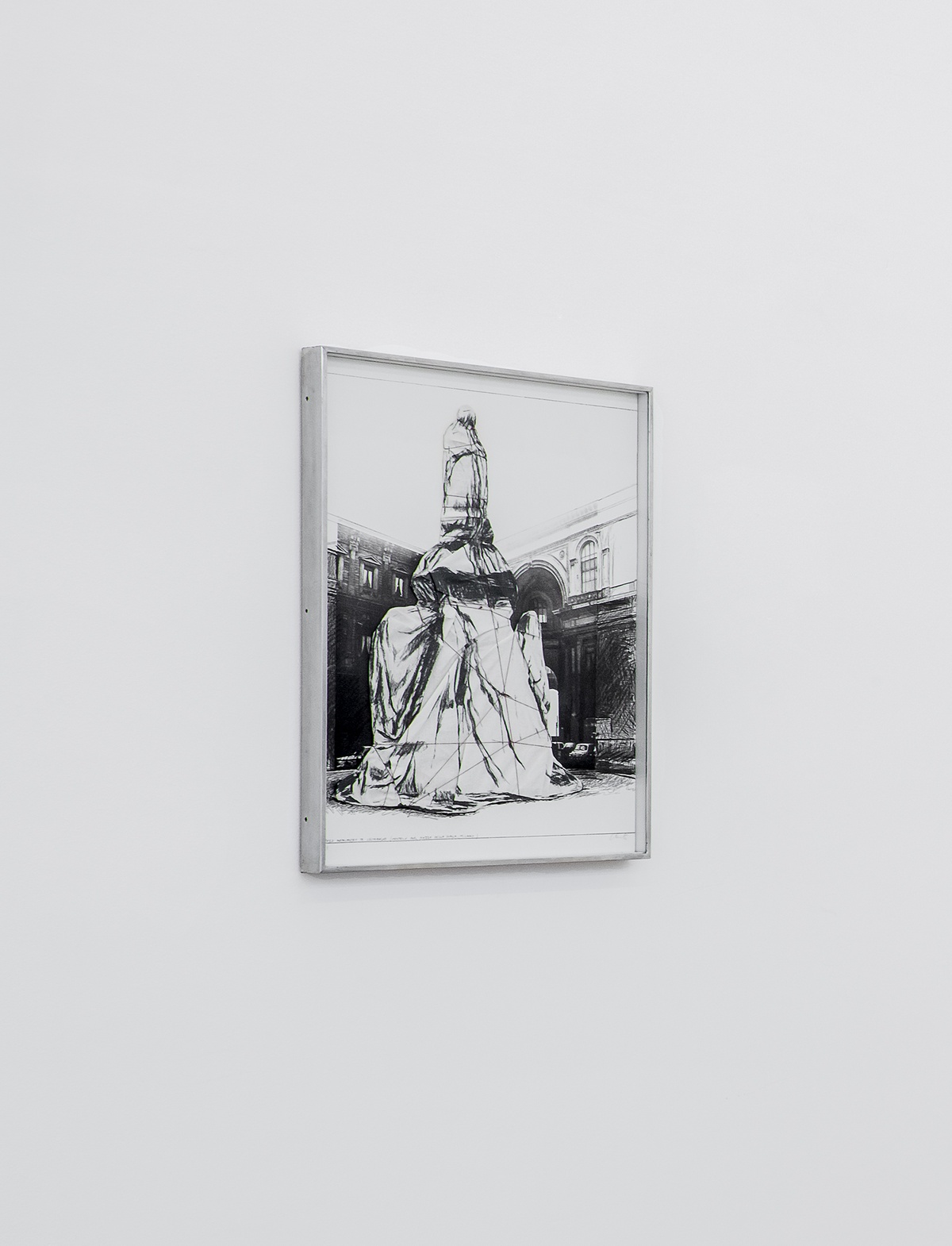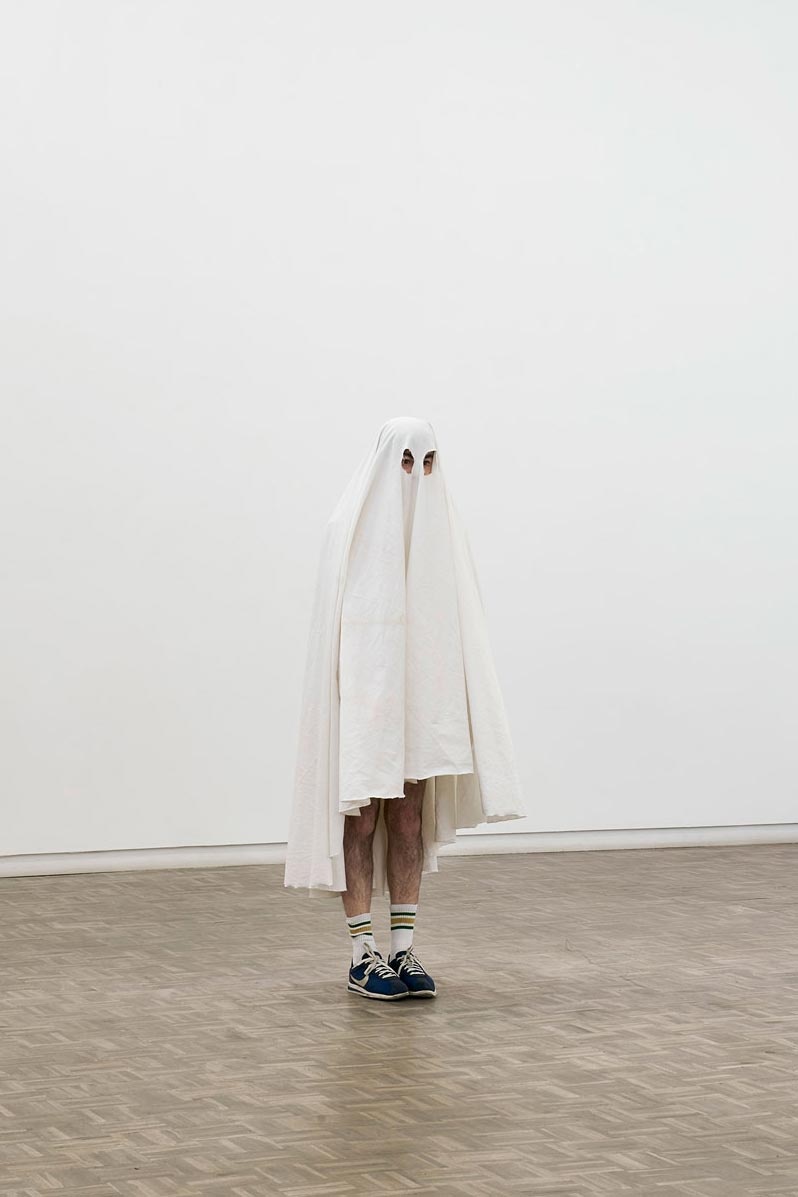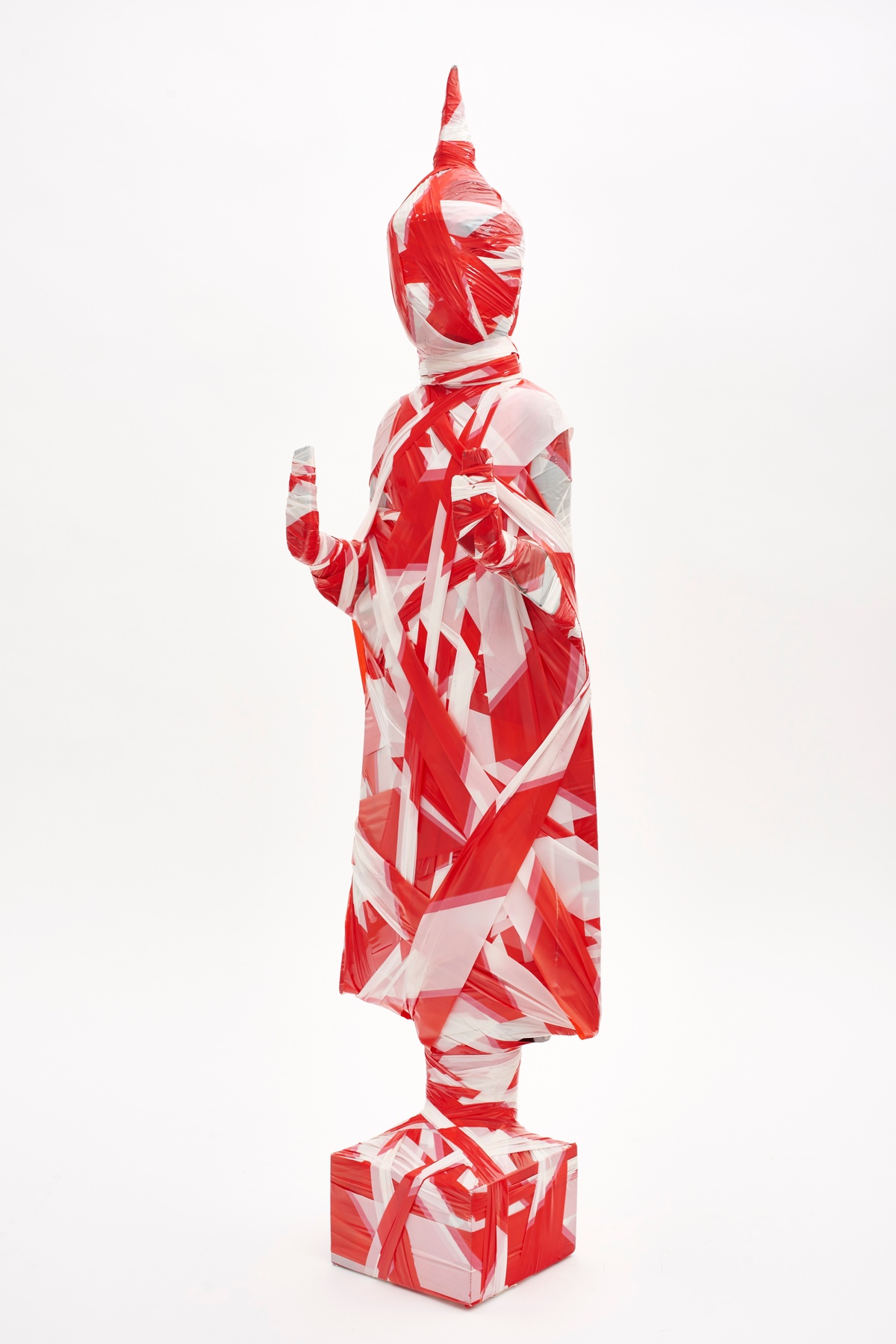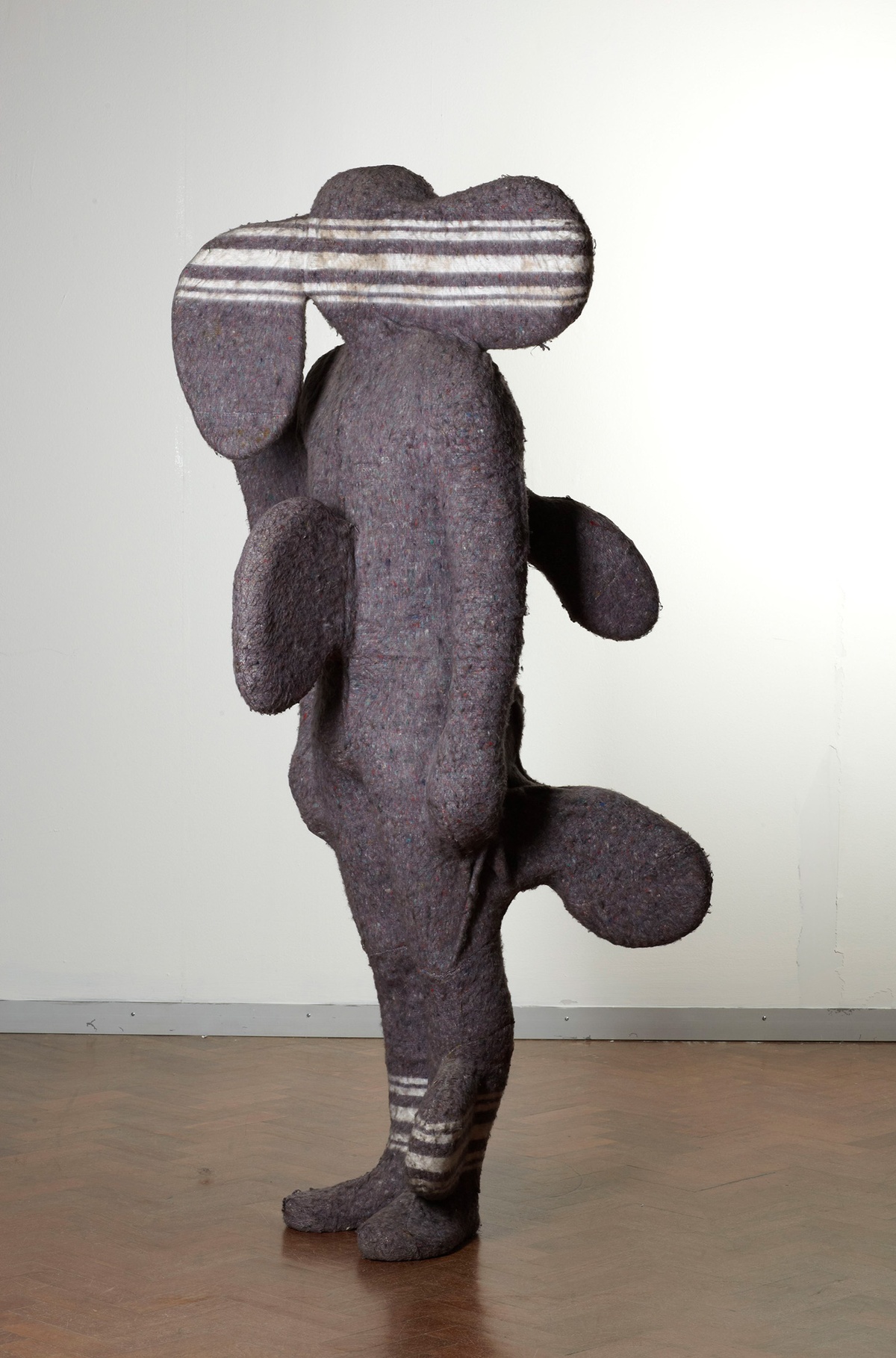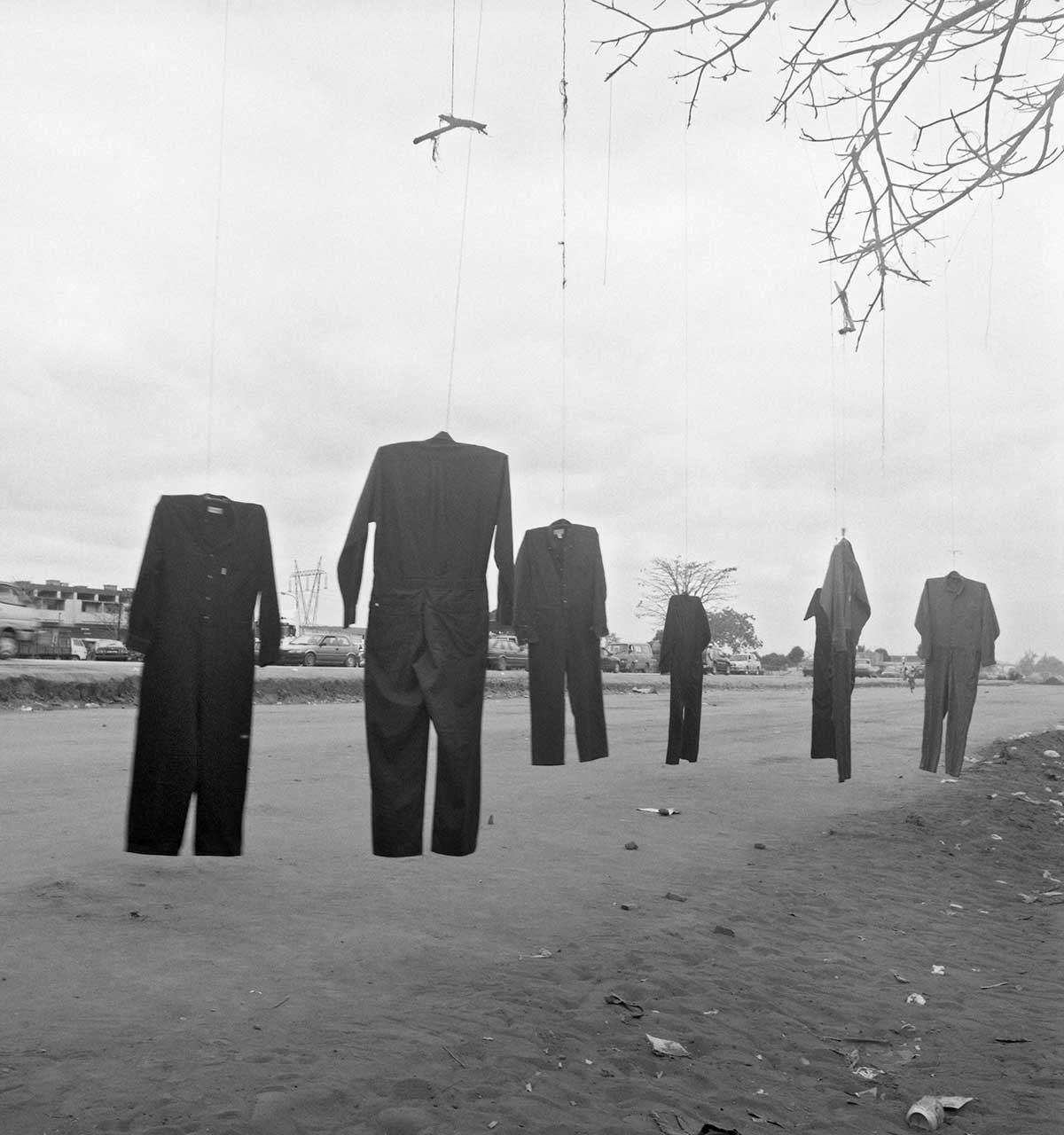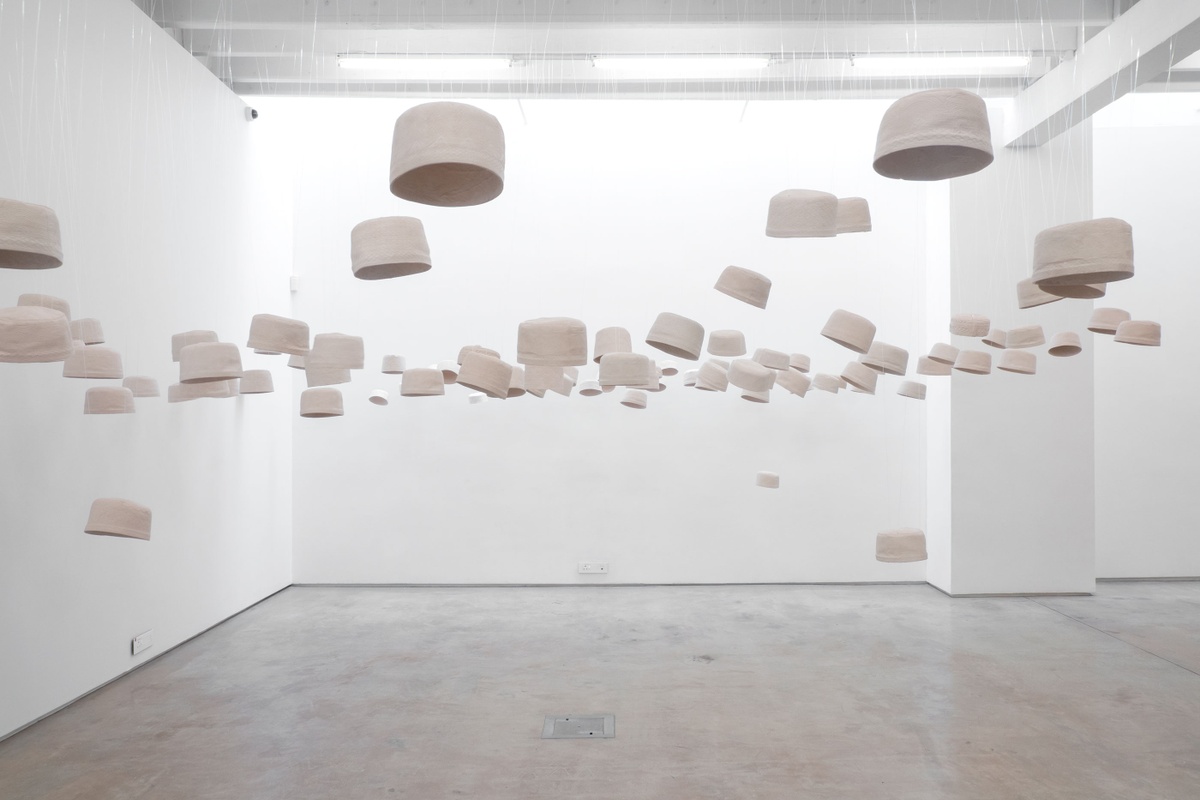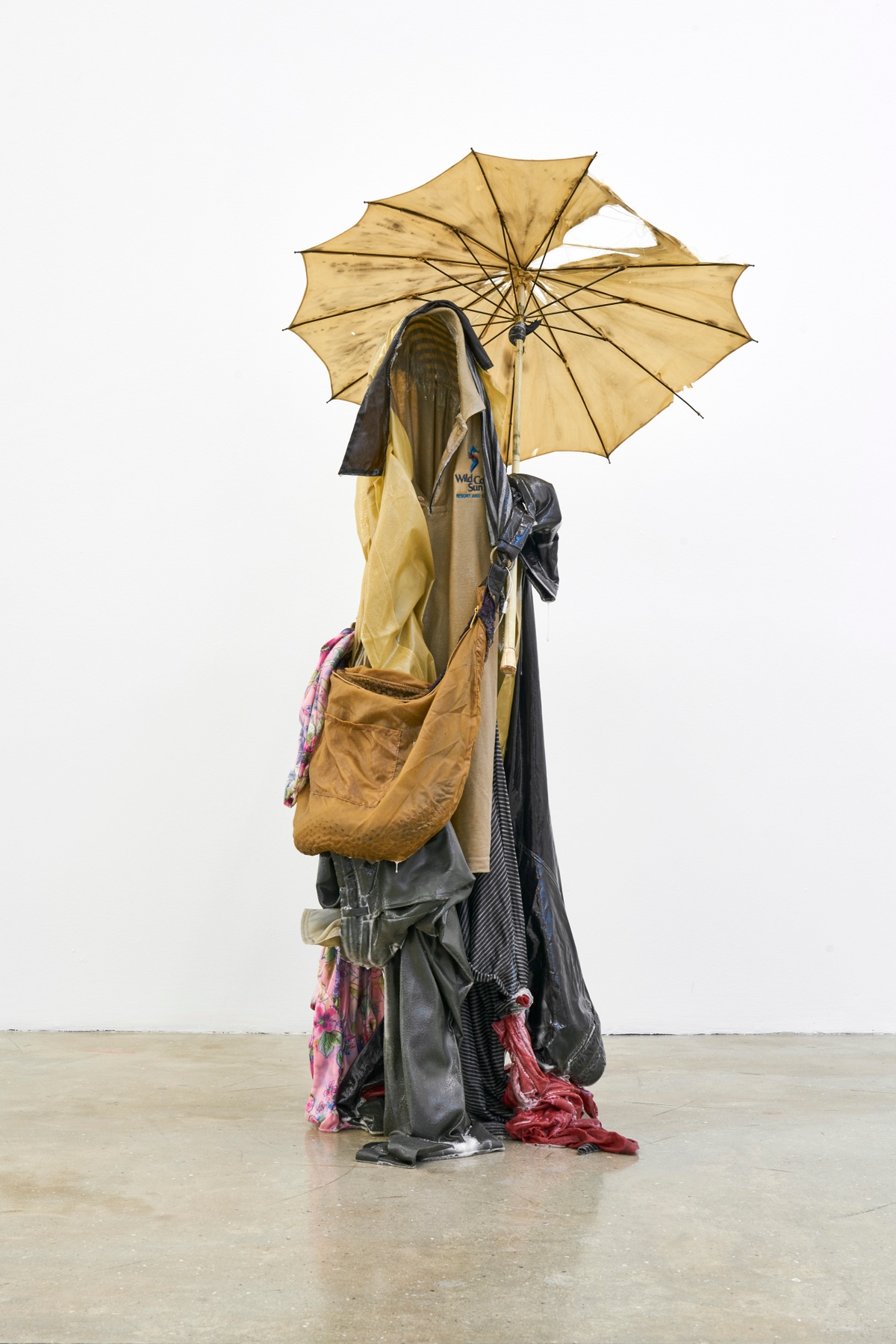David Goldblatt
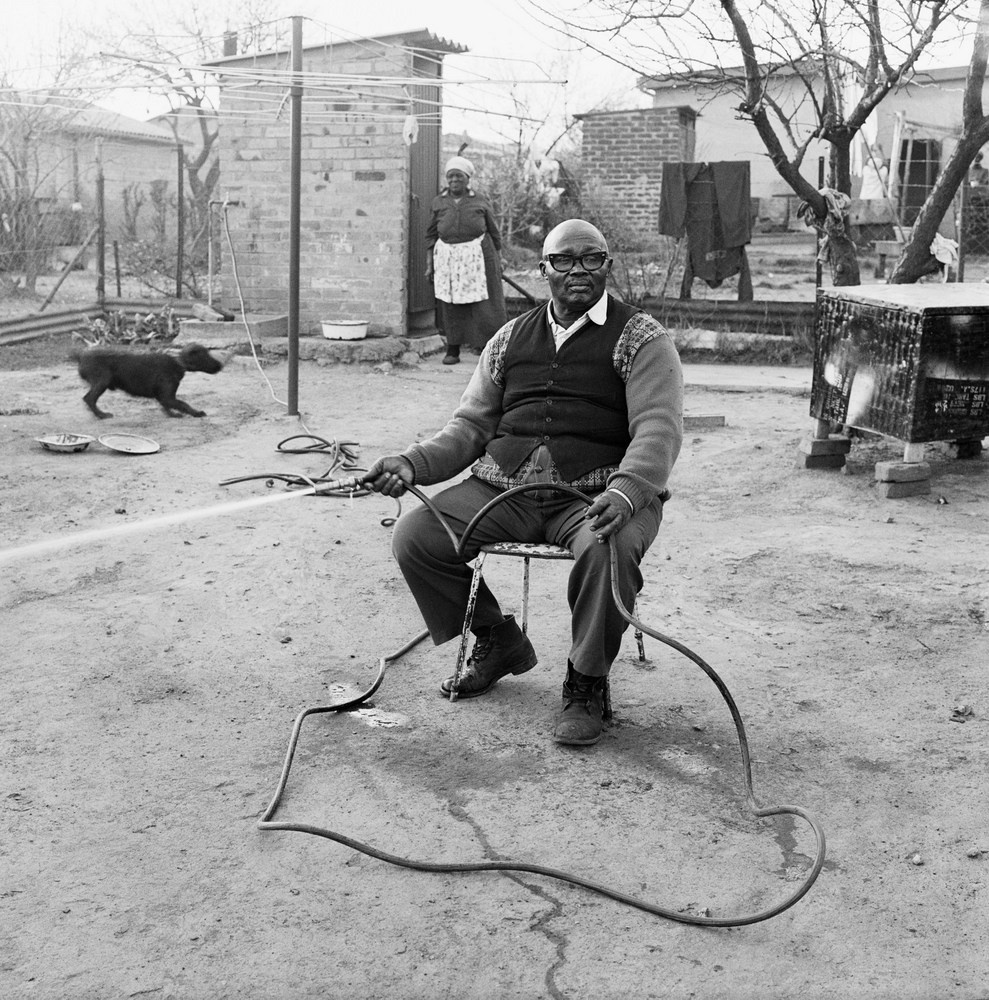
The photograph of Ephraim Zulu watering his garden offers a nuanced reflection on land and ownership. To Goldblatt, keeping a garden suggested possession of a place, signalled something like pride or aspiration. Indeed, his Saturday afternoon in Sunward Park proves a revealing counterpoint to this photograph – one man tending a suburban lawn, the other a township yard, watering the dirt that he might settle the dust. The use of the possessive pronoun – his garden – in its title is telling. This land, however dry and impoverished, belongs to Zulu, if only temporarily. Under the apartheid regime, black South Africans could not legally own property outside of the designated ‘homelands’. Instead, they leased the land they lived on, land of which they had been dispossessed under white rule.
This photograph appears in Lifetimes Under Apartheid, 1986; TJ, 2011; The Pursuit of Values, 2015; and On Common Ground, 2018.
b.1930, Randfontein; d.2018, Johannesburg
“I was drawn,” the late photographer David Goldblatt wrote, “not to the events of the time but to the quiet and commonplace where nothing ‘happened’ and yet all was contained and immanent.” A preeminent chronicler of South African life under apartheid and after, Goldblatt bore witness to how this life is written on the land, in its structures or their absence. Unconcerned with documenting significant historic moments, his photographs stand outside the events of the time and yet are eloquent of them. Through Goldblatt’s lens, the prosaic reveals a telling poignancy. Even in those images that appear benign, much is latent in them – histories and politics, desires and dread. His photographs are quietly critical reflections on the values and conditions that have shaped the country; those structures both ideological and tangible. Among his most notable photobooks are On the Mines (1973), Some Afrikaners Photographed (1975), In Boksburg (1982), The Structure of Things Then (1998), and Particulars (2003).

